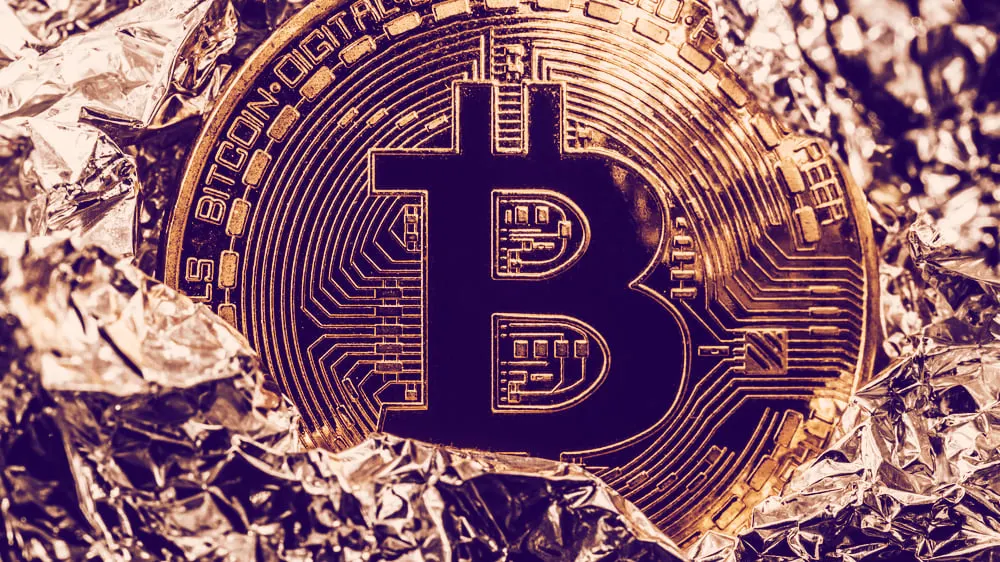Bitcoin is scheduled to complete its third halving event later today, which will see the rewards miners receive for verifying transactions slashed by 50%.
Every four years, or more specifically, after every 210,000 blocks are mined, the Bitcoin network halves its block reward. When the Bitcoin network first launched, the block reward was set to 50 BTC. This meant that any miner or group of miners involved in mining a block received a 50 BTC reward. Thanks to two halvings, this reward now sits at 12.5 BTC, and is set to reduce to just 6.25 BTC in a matter of hours. Here's what happened last time Bitcoin halved.
The Bitcoin halving in 2016
The most recent halving occurred on July 9, 2016. At the beginning of July 2016, BTC was priced at around $673—having fallen from a peak of over $750 the month prior. Bitcoin then fluctuated between $600 and $700 up until the day of the halving, reaching a peak price of $666 on the day.
Bitcoin would go on to trade horizontally until the end of the month, following which it experienced a dramatic sell-off, and crashed down to as low as $533 by August 3. Then it started to recover.
This recovery went on to become one of the most significant rallies in Bitcoin history, as it gradually climbed to over $1,000 by January 2017, to $2,000 by May, $4,000 by August, and $8,000 by November the same year.
Bitcoin eventually recorded its all-time highest value of $20,089 on December 17, 2017—equivalent to gaining 2,916% between the date of the second halving and its maximal price point. This climb from $666 to $20,089 took a total of 17 months.
To put this into perspective, if Bitcoin experienced similar price action in the upcoming 17 months, this would be the equivalent of climbing from $9,050 today, up to $273,000 by October 2021.
But whether this will actually happen is anyone's guess.
Disclaimer
The views and opinions expressed by the author are for informational purposes only and do not constitute financial, investment, or other advice.
Daily Debrief Newsletter
Start every day with the top news stories right now, plus original features, a podcast, videos and more.

